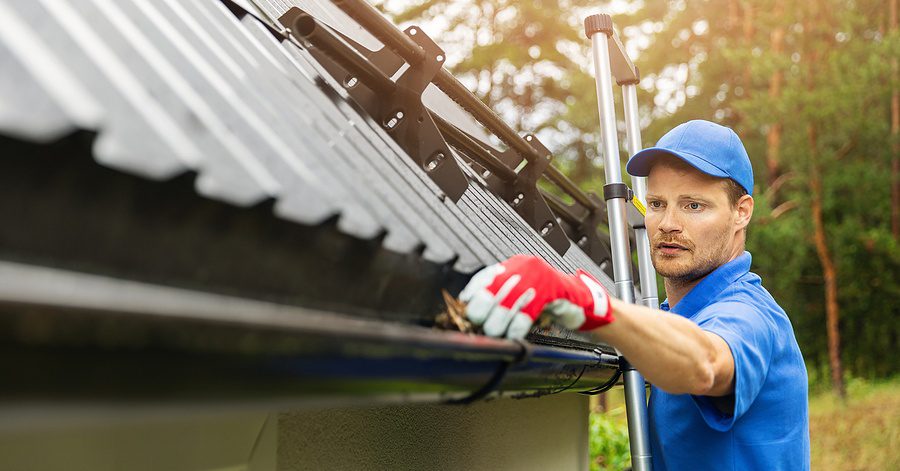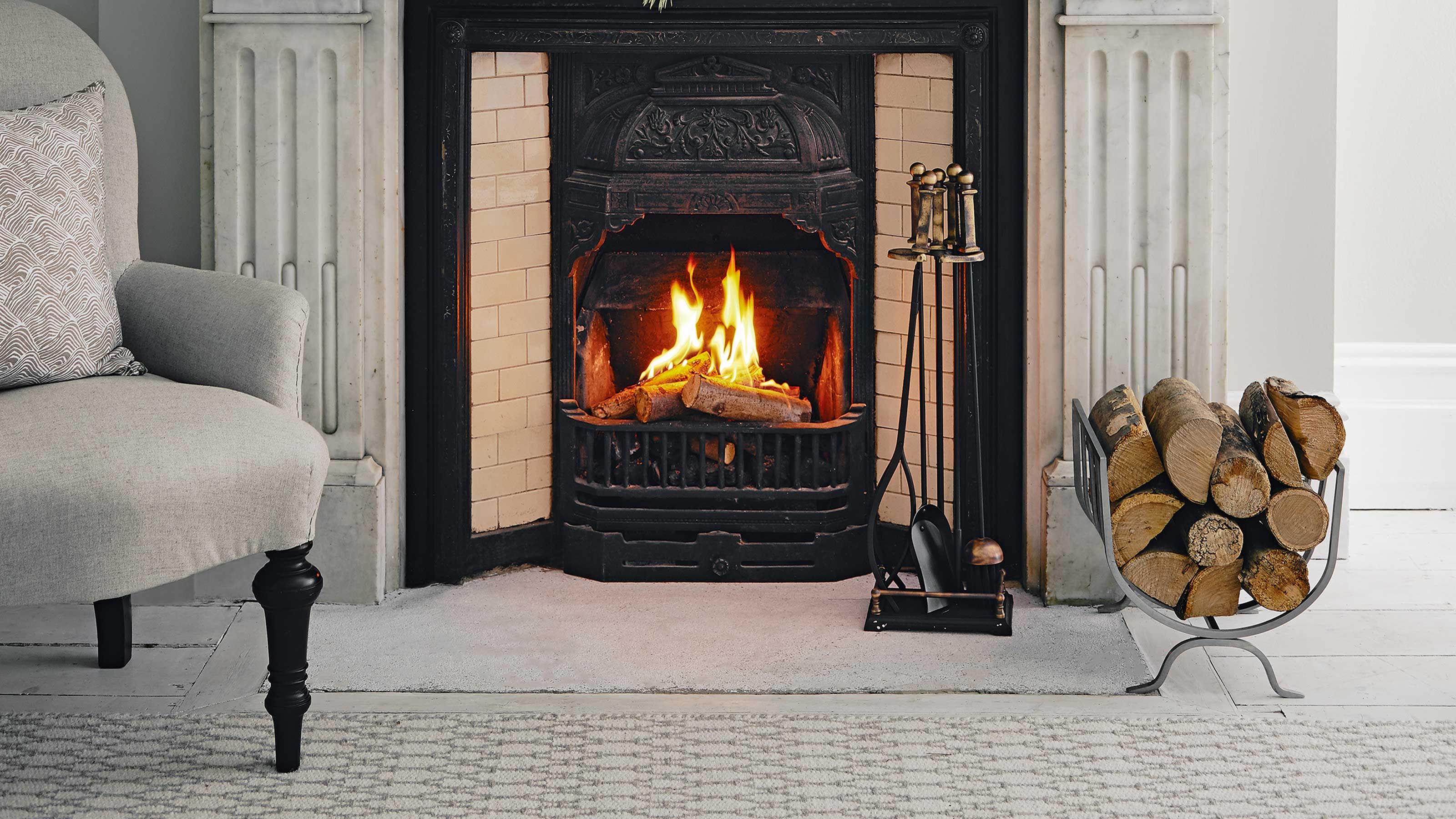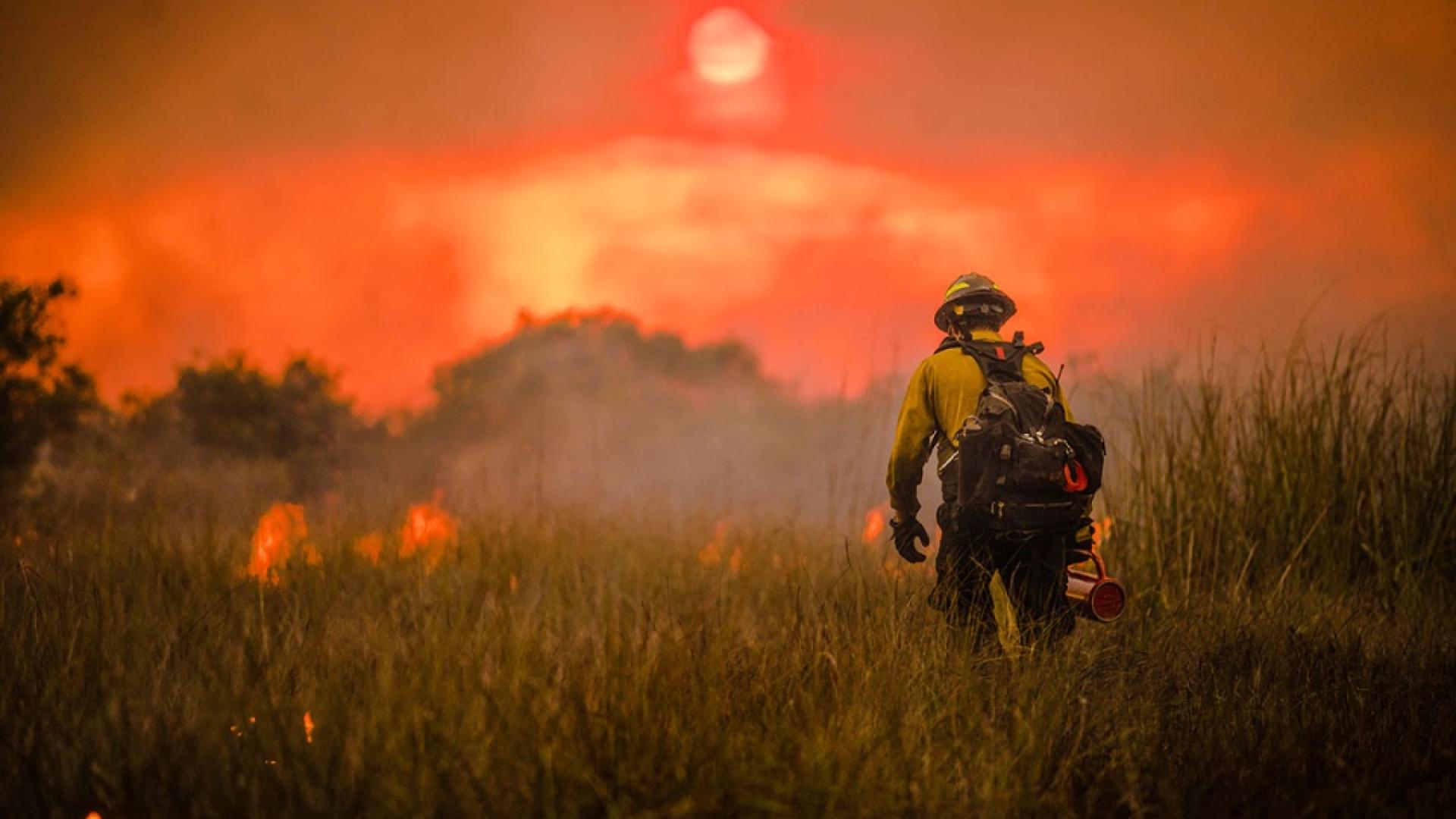The Treasure Valley is currently experiencing a heatwave, and whether we notice it or not, this presents some dangerous conditions, especially for our homes. According to the Western Fire Chiefs Association, we’re right in the thick of wildfire season, which begins in June and peaks in July/August.
One of the Most Dangerous Times of the Year
If you weren’t aware, we’re in one of the most dangerous seasons of the year, and the temperatures certainly gave that away over the last few weeks. According to Accuweather, this Thursday (7/25) will be the 16th day out of the last 18 days we reached triple digits or more. Even on the two days we didn’t reach triple digits, we still saw temperatures of 99 degrees on July 14th and 15th.
What Contributes to Idaho’s Dangerous Wildfire Season?
Now, we’re not here to tell you what to believe, and you can trust who you want, but according to the Western Fire Chiefs Association:
“Idaho’s wildfires are influenced by various risk factors such as the changing climate and global warming. As the temperatures rise due to global warming, it creates drier conditions, which, in turn, makes vegetation more susceptible to ignition.”
Again, we understand and respect the differing opinions on global warming. While the cause can be debated, we must take the proper steps to protect ourselves, our families, and, of course, our homes.
11 Mistakes Idaho Homeowners Make During Fire Season
Thanks to some info from Ada County officials, here are the eleven mistakes homeowners are making in Idaho that put them at risk for a fire:
Mistake #1: Not Trimming Long Branches Near Your Home
What happens if that tree catches fire and those long branches are touching your house? Trim those bad boys and save yourself a headache later.
Mistake #2: Not Removing Roof Debris
All it takes is one spark! Make sure your roofs are clean.
Mistake #3: Not Removing Debris from Rain Gutters

We get it. It’s a pain in the you-know-what, but keep those gutters clear to lower your risk of fire!
Mistake #4: Not Keeping Mulch Wet
According to Ada County, keep the mulch wet and ensure that you’re cleaning out “non-combustible groundcover/flower beds.”
Mistake #5: Never Cleaning Beneath Decks, Porches, etc.
It’s a dirty job, but it has to get done! Regularly clear out the debris from under your decks, front porches (if possible), and under your home.
Mistake #6: Storing Firewood Next to the House

To some, this might feel like, “Oh, I didn’t even think about that!” It’s okay, it happens, but that’s why these tips exist in the first place. Take that firewood and move it further away from your home.
Mistake #7: Not Placing Hoses at Outdoor Hose Bibs
According to The Weather Network, water hoses with water left in them can reach up to 140 degrees. In one unfortunate case, these temperatures caused second-degree burns to a child.
Mistake #8: Not Cleaning Your Chimneys
Okay, maybe your chimney looks like this; maybe it doesn’t. Either way, experts recommend you clean your chimney annually to prevent the risk of fire.
Mistake #9: Not Realizing Your Chimney Doesn’t Have a Spark Arrestor
When you light a fire (which we don’t foresee you doing in this weather), sparks can come out of your chimney and cause serious damage unless you have a half-inch or less spark arrestor to prevent that.
Mistake #10: Not Covering Exterior Attic and Underfloor Vents with Wire Mesh
Many experts say vent openings are prime entry points for embers to enter your home, resulting in a fire.
Mistake #11: Not Maintaining the Yard Well Enough
Most of us are aware that we need to water our grass (restrictions permitting), but we also need to be mindful of dry grass, dead leaves, and weeds.
10 Hidden Fire Hazards in Your Idaho Home You Need to Know
According to Cheapism.com, there are 13 hidden fire hazards in your home. Here are ten that are particularly important:
1. Overloaded Electrical Outlets
Overloaded electrical outlets are a significant fire hazard. They can lead to overheating, causing the outlet or power strip to melt or spark and potentially start a fire. To prevent this, avoid plugging too many high-wattage appliances into one outlet. Instead, distribute them across multiple outlets.
Also, consider using power strips with built-in circuit breakers for an added layer of safety. Regularly check your outlets for signs of overheating, like discoloration or a burning smell.
2. Lint Buildup
Lint buildup in dryer vents poses a significant fire risk, as excessive heat can ignite the lint. To mitigate this risk, regularly clean the lint filter after each laundry load. Also, consider an annual professional cleaning of the dryer duct and replace accordion-style ducts with aluminum foil tape, which seals better. Moreover, adding a secondary lint trap or a dryer duct booster fan can improve efficiency and safety.
3. Faulty Wiring
Faulty wiring in a house can lead to serious safety hazards like fires. Signs include flickering or dimming lights, unusual smells, and sparking. Overuse of extension cords can also indicate underlying issues.
To prevent problems, regularly inspect your wiring for visible damage or scorching. If you notice any warning signs, consult a professional electrician. Routine maintenance and timely repairs can help avoid major electrical problems.
4. Flammable Materials
Flammable household materials, such as cleaning products, aerosol cans, and alcohol-based products, can ignite and cause fires. Even common items like cooking oils and paper can pose a risk. Store these materials away from heat sources and open flames, and maintain a clutter-free environment to prevent accidental ignition. Ensure smoke detectors are operational and that a fire extinguisher is readily available. Educate family members about fire safety to further mitigate risks.
5. Unattended Candles
Unattended candles are a leading cause of house fires. They can easily ignite nearby flammable materials, posing a significant safety hazard. To prevent this, always supervise burning candles and extinguish them before leaving the room or going to sleep. Keep candles away from curtains, books, and other combustibles. Use sturdy, heat-resistant candle holders that won’t tip over. Also, consider using safer alternatives like flameless candles or diffusers for scent.
6. Unattended Cooking
Unattended cooking is the leading cause of home fires and injuries. When left unmonitored, food or oil can overheat and ignite. To prevent this, never leave your kitchen unattended while cooking, especially when frying, grilling, or broiling. Use a timer to remind you that you’re cooking. Keep flammable items like oven mitts, utensils, and food packaging away from the stovetop. Lastly, have a fire extinguisher nearby and know how to use it.
7. Portable Heaters
Portable heaters can pose a significant fire risk if not used properly. To ensure safety, keep heaters at least 3 feet away from flammable items like furniture, bedding, and curtains. Look for heaters with safety features like overheat protection, tip-over protection, and cool-touch housing. Never leave a heater unattended or use it in the bathroom. Avoid plugging them into extension cords or power strips, and always inspect for damaged plugs or loose connections.
8. Faulty Smoke Detectors
Faulty smoke detectors can cause false alarms or fail to alert during a fire. Causes include faulty wiring, dust buildup, or low battery voltage. To prevent issues, regularly inspect and clean your detectors and replace batteries as needed. Ensure wiring is in good condition and avoid using aerosol products excessively near detectors.
9. Grease Buildup
Grease buildup in kitchens, particularly on stovetops and exhaust fans, can pose a serious fire risk. Accumulated grease can ignite when exposed to high heat. To prevent this, clean surfaces regularly, especially after cooking fatty foods. Use a degreaser or hot, soapy water for stubborn spots. Regularly clean or replace filters in range hoods. Also, avoid leaving cooking unattended to prevent grease from overheating and igniting.
10. Sawdust
Sawdust is a fire hazard due to its combustibility and large surface area, which can ignite quickly. Moreover, clouds of sawdust can cause fire or explosion, especially when contained within enclosures. Even piles of sawdust on the floor pose a fire risk despite appearing less flammable. To prevent these dangers, ensure regular cleanup of sawdust, avoid its accumulation and maintain proper ventilation in work areas.
Read More: Idaho Humane Star Dog: Lenny is All Smiles and Ready for Adoption at the Idaho Humane Society
Wildfire-Related Fires in Idaho
To see which wildfires are currently affecting Idaho, you can click here for a real-time wildfire map and here for a real-time smoke map.



